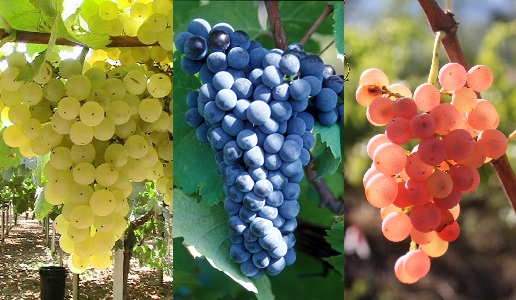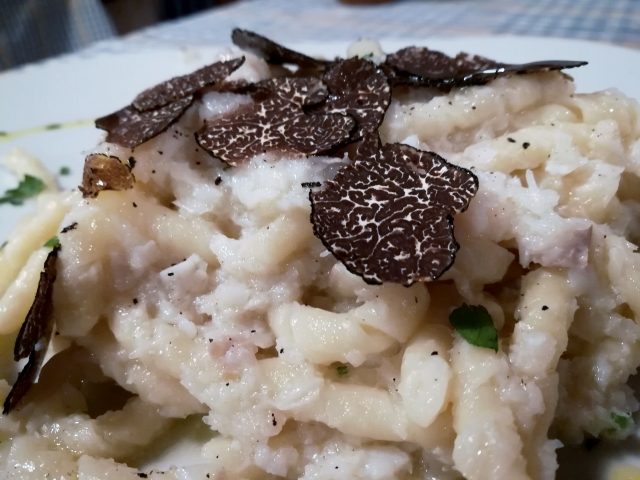Tiny and indigenous

Ancient varietals cultivated in very restricted areas, small cells of resistance in small territories but that enrich our world, its traditions and its small histories of wines and men.
I do not know Ernesto Anselmo Cioffi personally. I know that he is a small organic and biodynamic producer in Pescosolido, a small village in the province of Frosinone not far from Campoli Appennino, almost on the border between the regions of Lazio and Abruzzo and at an altitude of over 500m above sea level. Then, together with Iolanda Maggio and Stefania Vinciguerra and later with Daniele Galler from the Cantina di Bolzano winery and Federico Ceccarelli of Il Goccetto, we tasted some of his wines “extracted” in a small number of bottles. They were brought to me by Dario Risi of the Fondazione Italiana Sommelier and I, somewhat superficially, put them at the end of tastings I was conducting. The same thing happened many years ago with the Montevetrano 1983 of Silvia Imparato and I obviously did not learn my lesson. For this I would like to make a public amends and apologize.
The reason why I am saying all this is because I, as well as the others, liked some of Cioffi’s wines a lot, so much so, in fact, that Iolanda Maggio even wrote an article about them, which you can read on Thursday. It is also because Cioffi has brought back some ancient, totally indigenous varietals from which he has made some truly interesting and unusual wines. These are Maturano Nero, Uva di Giulia, the red Lecinaro and white Pampanaro.
The world of Italian wine is full of situations like this and I believe that a future trend, probably limited and niche but very interesting, will be for indigenous and tiny varietal production, grapes cultivated in very few places and that represent one of the fundamental aspects of what is defined as terroir. In the region of Lazio there are the varietals Nero Buono and Il Bellone, in Tuscany Orpicchio and in Piedmont Pelaverga and Nascetta, just to name a few examples.
The magazine L’Assaggiatore, the official organ of the National Wine Tasters’ Organization (ONAV), which I have been editor-in-chief of for several years now, has come out with many issues with a section dedicated to rare varietals and the articles will be soon be published in a single volume. It will be a useful reference for those interested in the subject.
All this represents an authentic resistance to standardization and the disappearance of authentic and “viticultural reservations”, to paraphrase the “gastronomic” one proposed by Davide Paolini some time ago. Small cells of resistance in small territories but that enrich our world, its traditions and its small histories of wines and men.

 Italiano
Italiano








